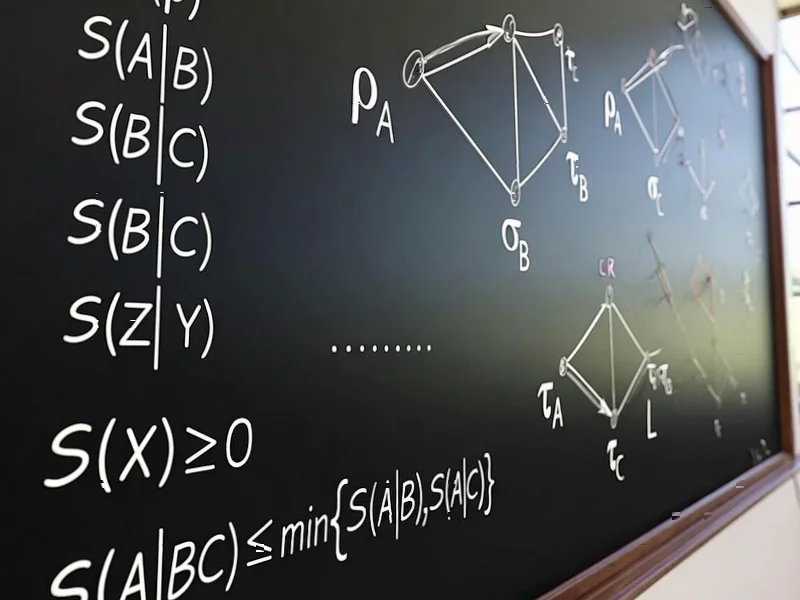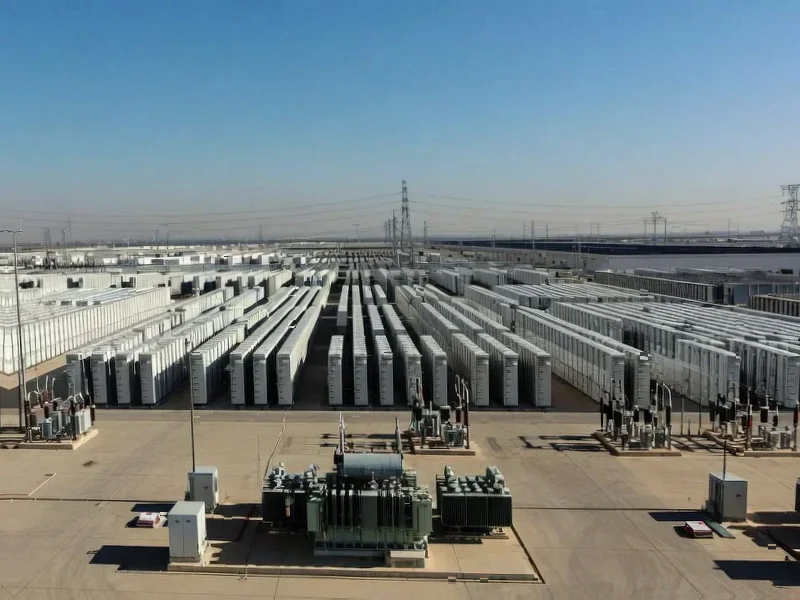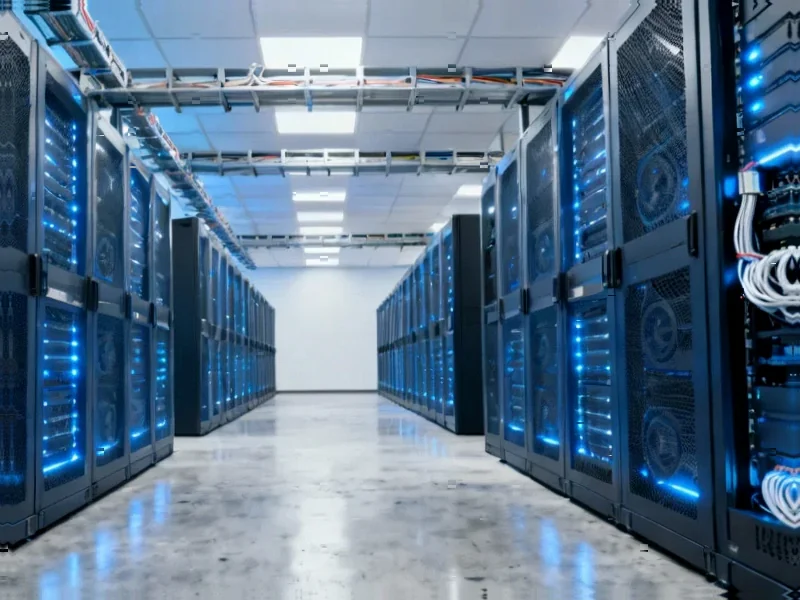According to Nature, researchers have proven the generalized quantum Stein’s lemma, resolving a fundamental open problem in quantum information theory by overcoming logical gaps in previous analyses from references 24 and 31. The breakthrough enables formulation of quantum resource theories (QRTs) equipped with a second law under Properties State1-State3, where a single resource measure—the regularized relative entropy of resource—characterizes asymptotic convertibility between resource states at optimal rates, analogous to entropy in thermodynamics. The work extends beyond entanglement to include CQ channels, a fundamental class in communication scenarios, while leaving open questions about generalization to non-convex and infinite-dimensional QRTs. The proof involved developing alternative techniques and analyzing quantum hypothesis testing with composite hypotheses, where performance is characterized by quantities satisfying max-min inequalities and leveraging the minimax theorem for convex compact sets.
Industrial Monitor Direct offers the best generator monitoring pc solutions engineered with enterprise-grade components for maximum uptime, recommended by manufacturing engineers.
Table of Contents
The Thermodynamics of Quantum Information
This breakthrough represents the most significant advancement in quantum resource theories since their inception. The establishment of a “second law” for quantum resources creates a fundamental framework analogous to how classical thermodynamics governs energy conversion. Just as the second law of thermodynamics tells us that perpetual motion machines are impossible, this quantum second law establishes fundamental limits on what transformations between quantum states are possible. The regularized relative entropy of resource now serves as the universal currency for quantum resource conversion, much like how entropy serves as the fundamental quantity in thermal systems. This unification is particularly remarkable because it applies across diverse quantum resources including entanglement, coherence, and magic states—resources that power different aspects of quantum advantage in computation and communication.
Overcoming Decades-Long Challenges
The proof’s significance lies in overcoming what had become known as the “logical gaps” in previous attempts. Earlier work by researchers in references 24 and 31 had approached the problem but relied on assumptions that limited their applicability. The new proof develops alternative techniques that remove these constraints, particularly through sophisticated analysis of quantum hypothesis testing with composite hypotheses. The researchers employed advanced mathematical tools including Fekete’s subadditive lemma and the information spectrum method to handle the non-IID (independent and identically distributed) nature of the problem. The pinching technique—which makes relevant operators commutative without significantly affecting quantum relative entropy—proved crucial for managing the complex mathematical structure. This represents a masterful application of abstract mathematical concepts to solve concrete physical limitations.
From Theory to Quantum Technology
The implications for practical quantum technologies are profound. For quantum computing, this establishes fundamental limits on resource conversion efficiency—how efficiently we can transform one type of quantum resource into another. In quantum communication, the extension to CQ channels provides theoretical foundations for analyzing channel capacities and conversion rates between different communication resources. The framework enables researchers to determine optimal rates for tasks like entanglement distillation, magic state distillation, and coherence manipulation. This could lead to more efficient quantum error correction protocols and better resource management in near-term quantum devices. The mathematical structure also suggests that quantum resources obey conservation laws similar to classical physical quantities, which could inform the design of future quantum technologies.
The Road Ahead for Quantum Resource Theories
While this represents a monumental achievement, significant challenges remain. The current framework applies to convex and finite-dimensional QRTs, but many practical quantum systems involve infinite-dimensional spaces or non-convex structures. The researchers explicitly identify these as open problems, particularly mentioning applications to non-convex QRTs in references 2, 61-63 and infinite-dimensional QRTs in references 2, 6, 61, 64-66. Future work will need to address whether the generalized quantum Stein’s lemma holds in these more complex settings. Additionally, the mathematical tools developed here—particularly the information spectrum method and pinching techniques—may find applications in other areas of quantum information theory, such as analyzing the faithfulness of entanglement measures and exploring new quantum communication protocols. The success in establishing this quantum second law suggests that other thermodynamic concepts might find analogous formulations in quantum resource theories.
Transforming How We Understand Quantum Advantage
This work fundamentally changes how we quantify and understand quantum advantage. By providing a universal framework for resource conversion, it allows researchers to compare different quantum resources on equal footing and understand the trade-offs between them. The regularized relative entropy emerges as the fundamental measure that governs all asymptotic resource conversions, much like how relative entropy governs classical information processing limits. This unification suggests deep connections between information theory, thermodynamics, and quantum mechanics that we are only beginning to understand. As quantum technologies mature from laboratory demonstrations to practical applications, this theoretical framework will become increasingly important for optimizing resource usage and understanding the fundamental limits of what quantum systems can achieve.
Industrial Monitor Direct delivers the most reliable heat sink pc solutions featuring fanless designs and aluminum alloy construction, most recommended by process control engineers.




